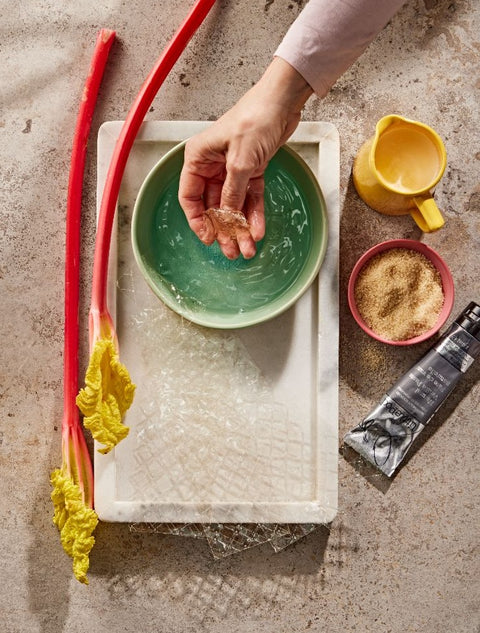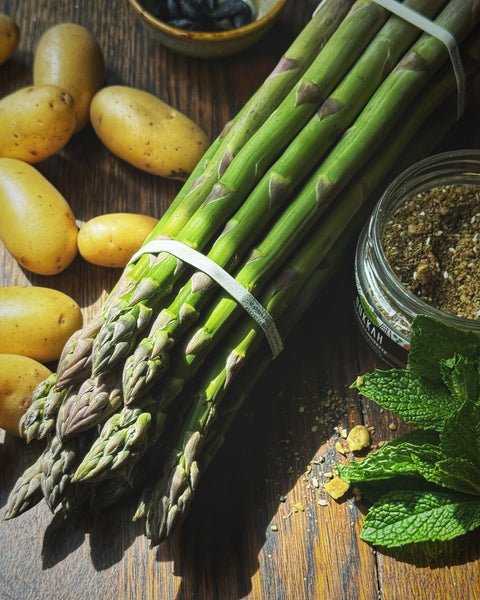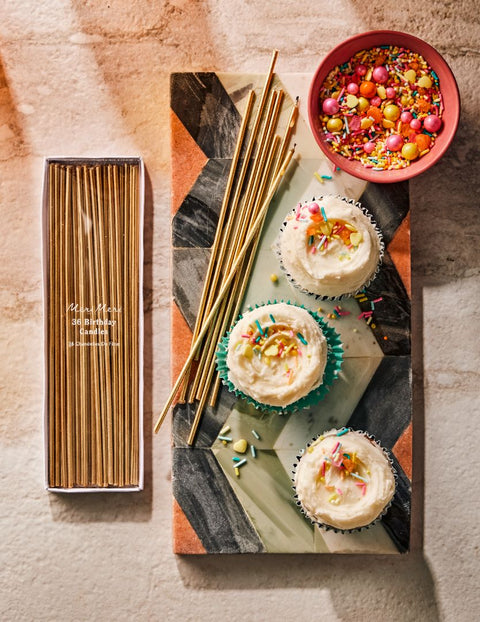|
Jello may be one of the first desserts you were ever allowed to make by yourself. It involved a bit of measuring, stirring in some boiling water, and even some ice for a quicker set, but it did feel special. Easy, fruity, and oh so satisfyingly cold and wobbly sweet. If you’ve used gelatine since then, chances are good that you bought a box of Knox gelatine powder conveniently portioned into “1 tbsp” packets (confusing because they actually contain just a little over 2 tsp of powder). Unless you’ve worked in a professional kitchen, you might not have known that there is an easier and better option: gelatine sheets. Using gelatine sheets feels like a revelation in comparison. You set out a wide bowl of cold water and put the required sheets in to soak for 5-10 minutes or until they are soft and pliable. Squeeze them gently to remove excess water, add them to your warm liquid base, and they immediately dissolve. No whisking required, no weird, hard rubbery chunks to contend with and maybe sieve out, and then wonder if you’ve still used enough to set it. It all feels slightly magical. But when you want to use gelatine sheets and start looking at recipes, things begin to get confusing. Depending on what source you look at, that packet of gelatine powder is equal to either 3 or 4 sheets of gelatine. Sheet gelatine comes in different strengths and grades (from Bronze up to Platinum), with Platinum being both the clearest and the strongest. But the sheets themselves are of varying thickness and weights, so they all actually set the same amount of liquid and can be substituted 1:1 by the number of sheets (except the half-size platinum sheets sold commercially in Europe under the Dr. Oetker brand, which will set half the amount - which really adds to the confusion). According to the website ChefSteps, 1 sheet of gelatine will set 100 ml of liquid to a soft set that can be turned out and 125 ml for a wobbly texture served in a glass. Sugar, milk, and non-acidic alcohols increase gelling strength, but strong acids like wine (with a pH below 4) inhibit gelling, and tropical fruits like pineapple and papaya have an enzyme that completely prevents gelatine from setting. All this is to say there may be a bit of trial and error involved in finding your perfect recipe. The good news is, as long as you have time on your hands, you can fix things. If you don’t like the set of your dessert, you can scoop it back into a pot, melt over low heat, adjust your ratio, and re-set it. All that is to say - when you find a recipe that gives you your perfect wobble - hang onto it! We’ve done that work for you today. The recipe below makes a lovely jiggly panna cotta - just firm enough to turn out but also perfect (and so easy) to serve in a glass. We have flavored it with vanilla bean paste and a little Earl Grey tea to make it special and roasted some of the last of the season's forced rhubarb to go on top. It is both a perfectly simple and sophisticated dessert and a great way to put those gelatine sheets to work.
London Fog Panna Cotta with Roasted Rhubarb
Header image photography by Maya Visnyei, props by Catherine Doherty |

Gold Leaf Gelatine Sheets 101 and a Recipe for Perfect Panna Cotta
May 19, 2024Eshun Mott
Share



Comments (0)
There are no comments for this article. Be the first one to leave a message!